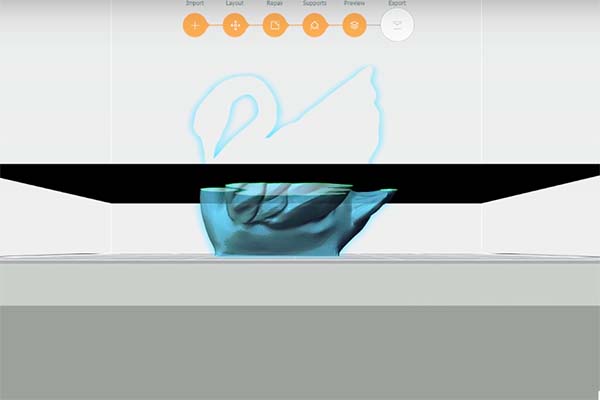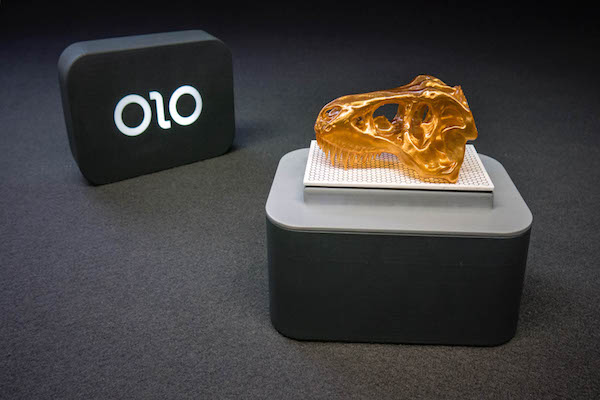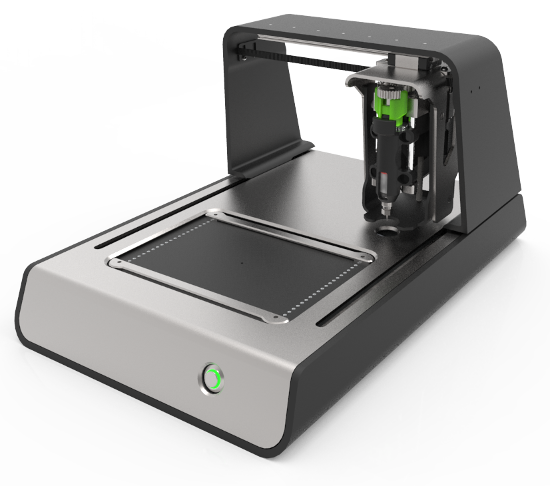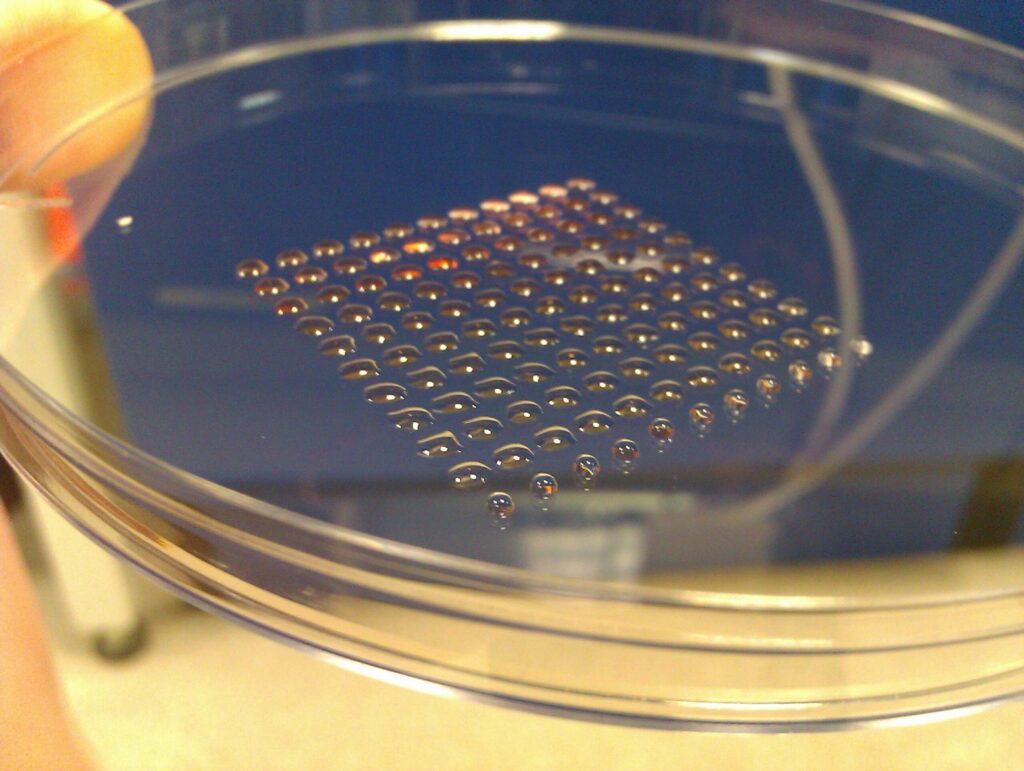Is SLA The Right 3D Printing Solution For You?

3D printing in plastic began more than 35 years ago with the invention of stereolithography (SLA). Although there have been many developments in additive manufacturing since then, SLA is still a popular process for rapid prototyping. First let’s take a look at how the technology works, and then see why it may be a good option […]
7 Ways Star Trek Predicted The Future of Product Development

Fifty years ago a visionary television program was first broadcast in the United States, and with it came a wealth of refreshing new ideas about the future organization of human (and not-so-human) society as well as the amazing technologies we would all have in the 23rd century. That show was Star Trek, of course, and […]
How 3D Printing Can Preserve And Restore The Past

3D scanning in combination with 3D printing now makes it possible to create all sorts of physical objects. This technology has become so advanced that it helps to preserve or restore historic artifacts that no longer exist. Let’s take a closer look at how 3D printing is currently being used to help protect and even recreate the vanishing […]
All About The OLO 3D Printer

It seems nearly every day there’s a new 3D printer of some sort on the market, promising innovations in material, speed or size. The new OLO seems to do it all – small, light, easy to use and incredibly cheap. Is this the printer that finally brings digital manufacturing to the masses? What Is OLO? […]
3D Printing For Electronics

We talk a lot about rapid prototyping and that often means 3D printed or machined parts. But many prototypes are of the electrical sort as well, and in order to make a working electronic prototype – one that combines rapid production of a case with the internal electrical components – the designer must also create […]
How 3D Printing Is Being Used In Medicine, Part 2

In Part One we looked at the use of advanced 3d printing techniques for healing and supporting the vulnerable human frame, including bones, joints and teeth. Now we’ll take a look at the even more challenging applications involving soft tissue, skin, organs and robotic interfaces that blur the line between man and machine. Stem Cells Human […]
 Portuguese
Portuguese French
French
